
A review of
Prediction Machines
The Simple Economics of Artificial Intelligence
The review below was first published in the getAbstract Journal on 9 jun. 2022.
We’ve reviewed this title for you as we currently cannot offer a summary.
We’ve reviewed this title for you as we currently cannot offer a summary.
How AI Predicts
by David Meyer
AI experts offer a detailed overview of how AI predicts, how to apply its predictions and how to exploit the benefits thereof.
By the same authors
Article
Learners who read this also read
Book
Book
Book
Book
Book








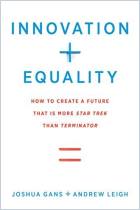
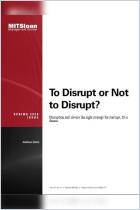
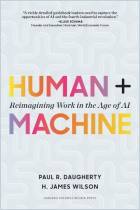
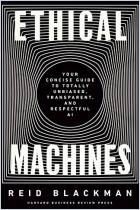

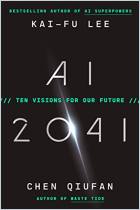


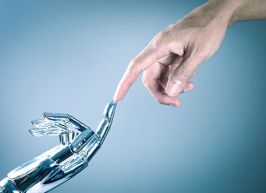


Comment on this review